Felines, members of the family Felidae, are among the most iconic carnivores on Earth. With a distribution that spans savannas, rainforests, and mountain ranges, these animals are found across every continent—except Antarctica, Australia, and Madagascar. Felines are known for their stealth, retractable claws, exceptional agility, and in some species, the ability to roar thanks to unique throat structures. However, due to human expansion and environmental degradation, many feline species are now under severe threat.
Currently, 13% of all feline species are classified as endangered, 34% are vulnerable, 16% are near threatened, and only 37% are considered of least concern—many of those also in decline. This means that fewer than half of all feline species are truly safe from extinction.
In this article, we’ll explore the most endangered feline species, the reasons behind their decline, and why the conservation of these animals is crucial for global biodiversity.
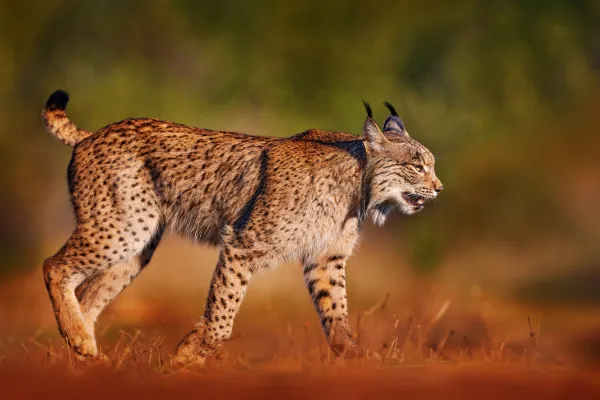
Tigers are perhaps the most famous endangered felines. These majestic animals—represented today by six subspecies—are native to Asia, with the largest populations in India and Thailand. Urbanization, deforestation, and growing demands from the tourism, logging, and agricultural industries have led to the destruction of their natural habitats.
Additionally, tigers are heavily targeted for illegal wildlife trade. Their skins, bones, and meat are used in traditional medicine and sold on the black market. Three tiger subspecies have already gone extinct, and the remaining six are under urgent conservation programs. Unfortunately, most of the world’s surviving tigers now live in captivity.
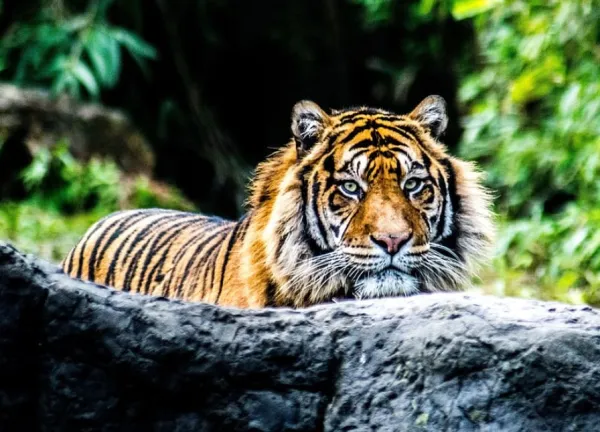
Further reading: Why Tigers Are Endangered
The Borneo bay cat is an elusive and rare wild cat native to the dense tropical forests of Borneo. It is rarely seen, and very little is known about its behavior. Although Borneo still contains relatively intact forests, rapid industrialization and irresponsible palm oil agriculture have devastated large tracts of habitat.
These forests lack conservation funding and research, leaving the bay cat extremely vulnerable. Without targeted protection efforts, this rare feline may disappear without us ever fully understanding it.
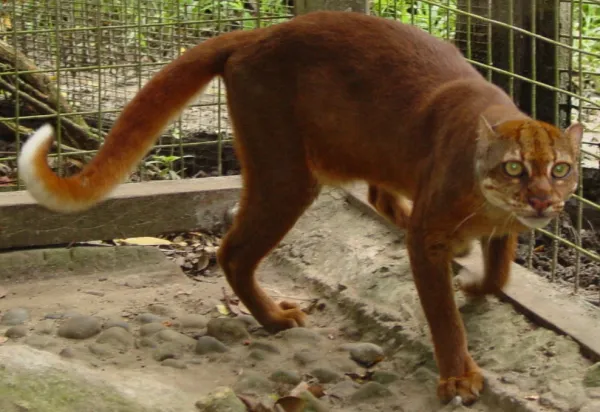
The Iberian lynx, once found across the Iberian Peninsula, is a rare conservation success story. Urban development and a decline in prey species (like rabbits) once pushed this species to the brink of extinction. However, thanks to dedicated conservation initiatives by the Spanish government, its population is increasing.
The species has even been successfully reintroduced in parts of Portugal, where it had previously gone extinct. Today, the Iberian lynx is the only endangered feline species showing population recovery.
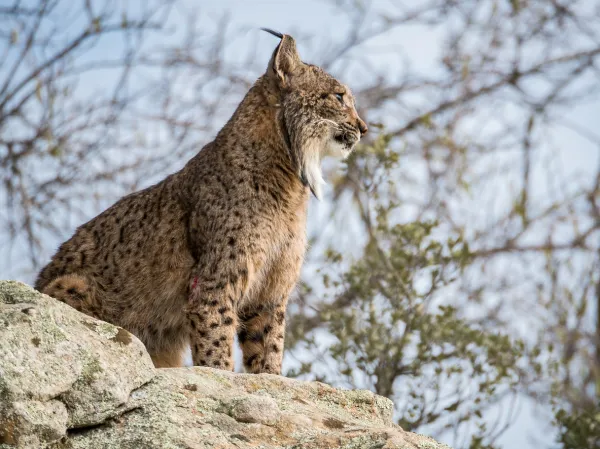
Further reading: Why the Iberian Lynx Was Nearly Lost
The Andean cat inhabits high-altitude rocky landscapes in the Andes Mountains, ranging from Peru to Argentina. Its threats are both cultural and economic: it's hunted for traditional rituals, to protect livestock, or as part of folk medicine practices. It also suffers from habitat loss due to mining and oil extraction, as well as declining prey availability.
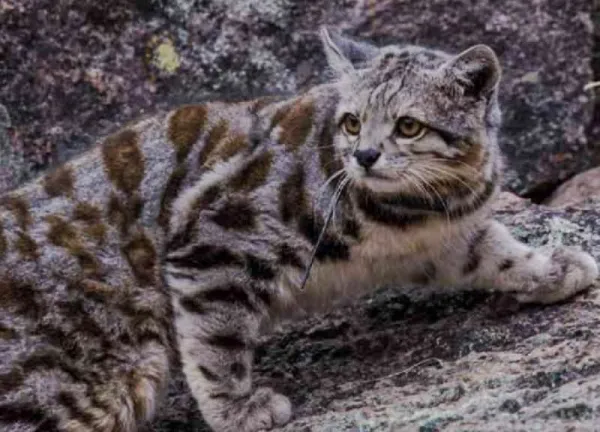
This unusual feline lives in the wetlands of Malaysia and surrounding regions. Its habitat is disappearing due to deforestation, overfishing, and agriculture—particularly palm oil plantations. Very little is known about this cat, and conservation attention is minimal. In some local communities, their pelts are used as home decorations, further endangering the species.
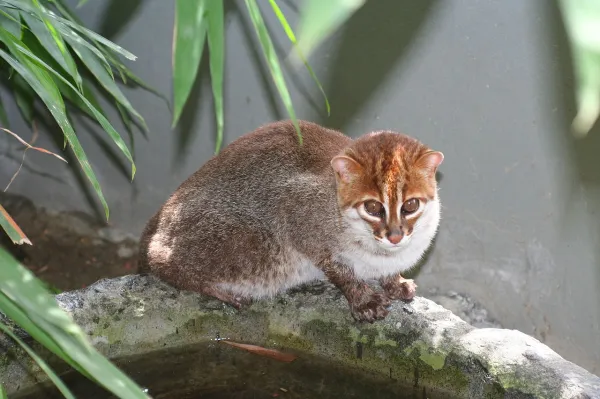
Thirteen feline species are currently classified as vulnerable—meaning their populations are declining and they are at high risk of becoming endangered. These include:
African Lion (Panthera leo): Found primarily in sub-Saharan Africa, lions are threatened by human conflict, habitat fragmentation, and hunting.
Cheetah (Acinonyx jubatus): The fastest land mammal faces declining numbers due to habitat loss and illegal pet trade.
Bornean Clouded Leopard (Neofelis diardi): A reclusive species under pressure from deforestation and forest fragmentation.
Without intervention, many of these species may soon join the endangered list.

Learn more: Are Lions Endangered?
The threats facing wild cats vary by region, but several common patterns emerge:
Felines often prey on livestock when their natural prey is scarce. In retaliation, farmers may kill them to protect their animals. While understandable, this conflict can be mitigated. In Costa Rica, for example, a conflict response unit introduced simple but effective solutions like adding bells to calves and reinforcing livestock enclosures—leading to a 96% reduction in attacks by wild cats.
Before the Convention on International Trade in Endangered Species (CITES) took effect in 1973, it was legal to trade in feline pelts. During the 1960s, over 11,000 jaguar skins were exported from Brazil alone, and 15,000 margay and ocelot pelts were registered in Mexico.
Although illegal today, poaching persists, driven by demand for luxury goods, traditional medicine, and exotic pets.
Massive deforestation, agricultural expansion, and urban development are destroying critical feline habitats. Roads and human infrastructure fragment forests, making it difficult for cats to hunt, migrate, or reproduce. In places like the Amazon, such changes also increase the risk of roadkill incidents for species like jaguars and leopards.
Felines are not only fascinating animals—they’re vital to healthy ecosystems. Their presence ensures:
Trophic balance: As apex predators, they help control herbivore populations.
Ecosystem integrity: Many species, like jaguars, require large habitats. Protecting them safeguards hundreds of cohabiting species.
Biodiversity indicators: Healthy feline populations reflect intact, functioning ecosystems.
Moreover, felines possess invaluable genetic heritage. The feline lineage diverged from canids 50 million years ago and produced the first true felid species, Pseudaelurus, about 20 million years ago. Every species lost is a blow to millions of years of evolution.
While government-led conservation efforts exist, they are not enough. Public awareness and action are critical:
Avoid buying fur or products made from wild animals
Support certified, sustainable agriculture and ecotourism
Donate to wildlife conservation organizations
Educate others about the importance of wild cat species
The survival of felines—large and small, famous and forgotten—is in our hands. From household cats to the elusive Pallas’s cat (Otocolobus manul) or the fishing cat (Prionailurus viverrinus), all felids deserve a future in the wild.
If you're passionate about wildlife conservation, share this article and help spread awareness of endangered felines around the world.
References
Goodrich, J., Lynam, A., Miquelle, D., Wibisono, H., Kawanishi, K., Pattanavibool, A., Htun, S., Tempa, T., Karki, J., Jhala, Y. & Karanth, U. (2015) Panthera tigris. The IUCN Red List of Threatened Species. Available at: https://www.iucnredlist.org/es/species/15955/50659951
Hearn, A., Brodie, J., Cheyne, S., Loken, B., Ross, J. & Wilting, A. (2016) Catopuma badia The IUCN Red List of Threatened Species (online). Available at: https://www.iucnredlist.org/es/species/4037/112910221
Iberian Lynx Working Group (2008). Strategy for the Conservation of the Iberian Lynx II (Lynx pardinus) (online). Available at: https://www.miteco.gob.es/es/biodiversidad/publicaciones/pbl_estrategia_linceii_tcm30-197296.pdf
Rodríguez, A. & Calzada, J. (2015). Lynx pardinus: The IUCN Red List of Threatened Species (online). Available at: https://www.iucnredlist.org/es/species/12520/174111773
Villalba, L., Lucherini, M., Walker, S., Lagos, N., Cossios, D., Bennett, M. & Huaranca, J. (2016) Leopardus jacobita. The IUCN Red List of Threatened Species (online). Available at: https://www.iucnredlist.org/es/species/15452/50657407
Wilting, A., Brodie, J., Cheyne, S., Hearn, A., Lynam, A., Mathai, J., McCarthy, J., Meijaard, E., Mohamed, A., Ross, J., Sunarto, S. & Traeholt, C. (2015) Prionailurus planiceps. The IUCN Red List of Threatened Species (online). Available at: https://www.iucnredlist.org/es/species/18148/50662095
IUCN Red List (2021) Felidae family, red list category vulnerable and endangered (online). Available at: https://www.iucnredlist.org/es/search/grid?taxonomies=101738&searchType=species
Bibliography
Ceballos, G., List, R., Medellín, R., Bonacic, C., Pacheco, J. (2010) Felinos de América (online). Mexico City: Teléfonos de México. Available at: https://bit.ly/3DUME04
Olivier, G. (2005) “El jaguar en la cosmovisión Mexica”, Arqueología Mexicana no. 72, pp. 52-57. (online). Available at: https://arqueologiamexicana.mx/mexico-antiguo/el-jaguar-en-la-cosmovision-mexica
National Geographic (2018) The Mysterious Wild Cat of Borneo (online). Available at: https://www.ngenespanol.com/naturaleza/el-misterioso-gato-salvaje-de-la-isla-de-borneo/
Soto, M. (2016) 59 farms reduced feline attacks on livestock by 96% (online). Available at: https://www.nacion.com/ciencia/medio-ambiente/59-fincas-redujeron-en-96-los-ataques-de-felinos-a-ganado/K46TM7R44ZHW5NJVWH6LM6AK7I/story/
animal tags: endangered felines
We created this article in conjunction with AI technology, then made sure it was fact-checked and edited by a Animals Top editor.